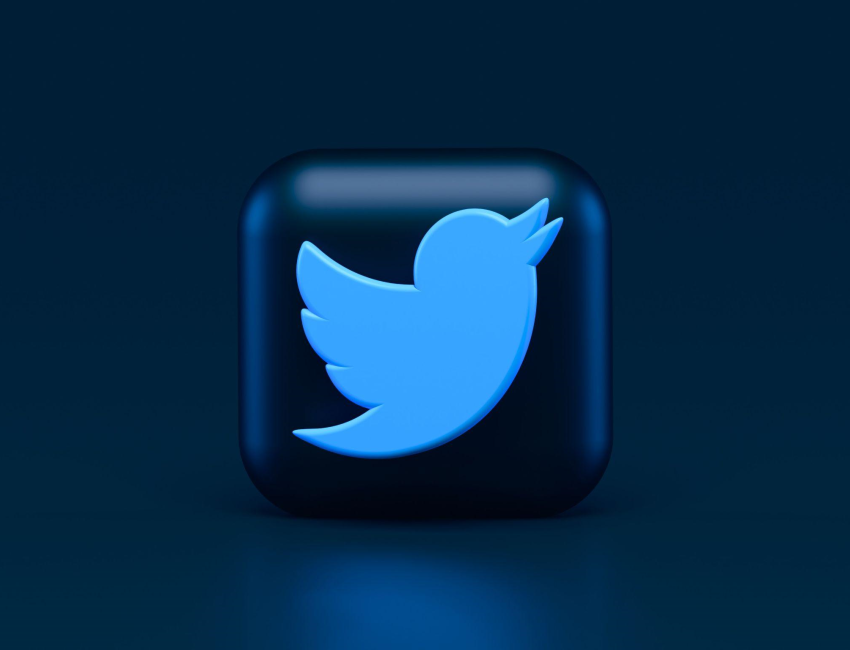A lot seems to be up in the air about Twitter right now. In a previous blog, we discussed the amount of users who have deactivated since Elon Musk took the reins on October 27, 2022. Many marketers are looking for alternatives to the social media platform that was once their most common social media hub. Still, others prefer the experience that only Twitter can provide and seem to be sticking around. For those users and others, the question seems to be, “Where is Twitter going in 2023?”
Let’s take a look.
Farewell, Twitter Verified
Twitter Verified accounts was a program launched in 2009, when notable public figures began to face blowback from unauthorized accounts pretending to be them. The program allowed notable figures with enough of a following to verify themselves and receive a checkmark beside their name. This showed any followers that theirs was the official account.
When Musk took over Twitter, he expressed that he believed this created a culture of “check marked elite” and offered an alternative: a Twitter Blue subscription. This subscription would cost $8/mo and allow anyone to have a blue checkmark beside their name. Many celebrities and verified accounts expressed their objection to this plan, as it defeated the purpose of the original Verified plan and that it required payment for something that was once free.
The issue became even more polarizing when it became apparent that Musk personally paid for subscriptions of a few Twitter users — apparently without their consent. LeBron James and Stephen King both made it publicly known that they had not paid for Twitter Blue, and yet their accounts remained verified. William Shatner was another celebrity who was given a free Twitter Blue account.
For many brands, this new system of verification is a growing concern. It means that someone else could create a Twitter account impersonating them and making false claims, and indeed this has already happened with Eli Lilly. The insulin brand was impersonated by a fake account with a blue checkmark who claimed “Insulin is free now.” Still, for smaller brands just starting out, a Twitter Blue subscription may lend some credibility to their page, as well as more priority visibility on other feeds.
A Spike of New Users Expected To Fall
In 2023, Twitter is still going strong. In fact, in the month that Musk took over Twitter at the end of 2022, roughly 125,000 Twitter downloads occurred in the US alone — 42% higher compared to the year before. However, experts are expecting that number to fall in the next few years. In fact, some have posited that the rise in users was due to a passing curiosity in the new Twitter, which will fade and lead to a significant drop in users by 2024. Twitter is expected to lose the most users from the United States.
“For You” Rankings and Algorithm
Twitter currently has two feed options: “for you” and “following.” “For you,” the default option, compiles a collection of recommended tweets from both in-network sources (accounts you follow) and out-of-network sources (accounts you don’t follow). This can be a boon for marketers in terms of getting more visibility amongst their target audience.
The “For You” feed begins with in-network sources, and then pulls from out-of-network sources that the user is most likely to engage with. They may be based on other Tweets that the user has engaged with, or users they’ve agreed with in the past. From there, Twitter’s algorithm ranks the tweets to see what will show up first. According to Twitter user Peter Yang, the breakdown of elements that can boost a tweet’s ranking include (in order of relevance):
- Likes
- Retweets
- Twitter Blue
- “Trusted circle”
- Images and videos
- Replies
Meanwhile, posting a link or image without any text or getting a significant amount of mutes, blocks, or reports is more likely to demote the tweet among the ranking.
Diminishing Ads
While the user base may be going up, more and more of Twitter’s top 100 advertisers have been pulling out of Twitter’s ad promotion program. General Motors, Jeep, and Coca Cola are a few corporate giants that removed their ads after Elon Musk took over Twitter. Most of these brands have jumped ship to other social media platforms such as Instagram and Tiktok.
The main reasons for doing so seem to be a lack of verification — leading to potential for spam accounts impersonating their brands — and changes in content moderation. Notably, Twitter has seen an increase in hate speech since Musk has taken over leadership. There are still plenty of big brands advertising on Twitter, but that may change in the next few years.


